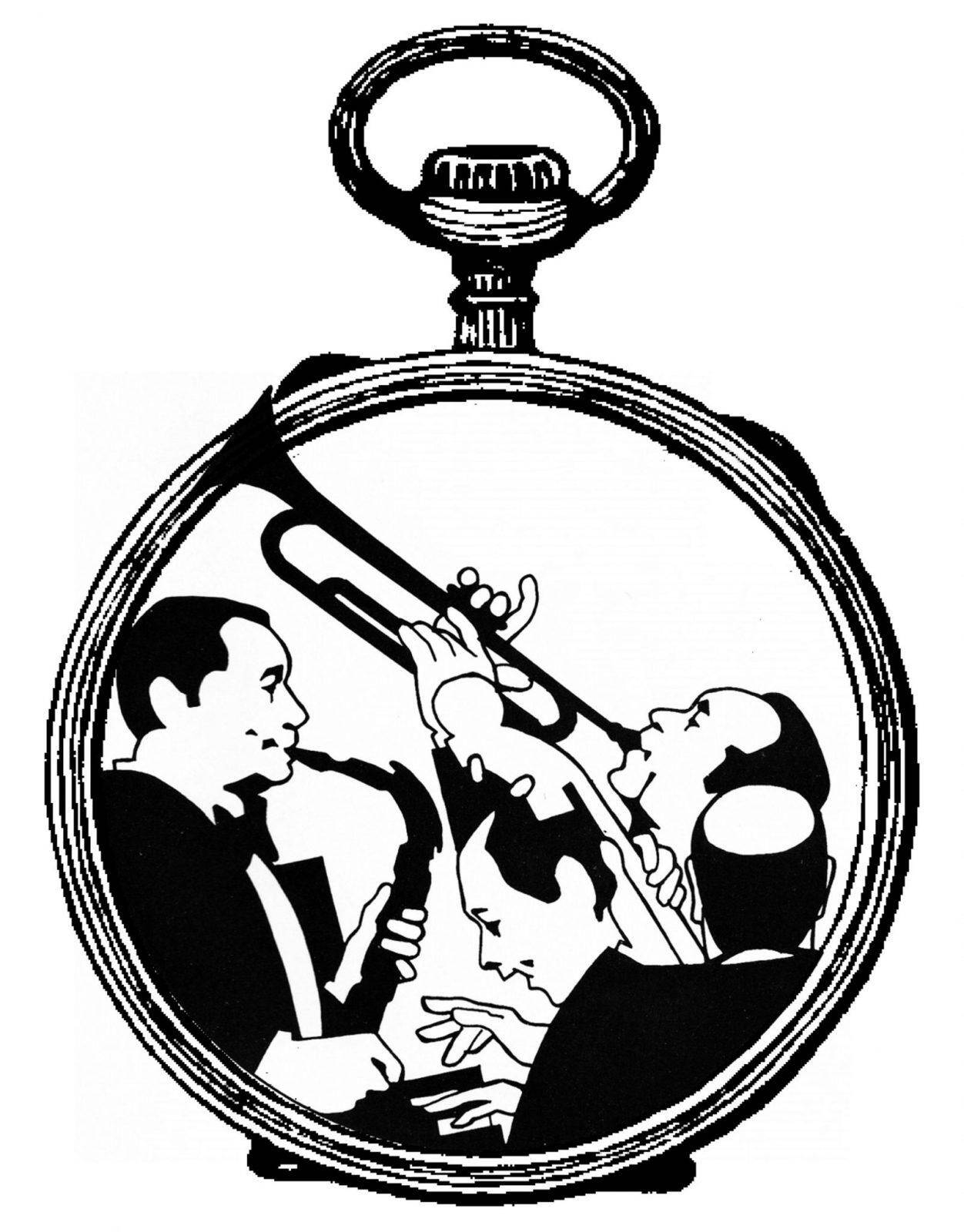I, like most jazz musicians, am often asked this question by the layperson: “How do you improvise in a jazz band? Do you just make stuff up?”
The short answer is of course, yes. But an answer that simple would result in a lot of jazz theory books being thrown out, and you reading a very brief article. So allow me to elaborate a little:
In a jazz band, each instrument makes stuff up in a different way that hopefully results in some noise that somebody else wants to listen to (assuming nothing good is on TV).
If you’re still not satisfied with the level of detail and feel that your Syncopated Times subscription requires more bang for your buck, then here you go:
Someone plays the melody while everyone else tries to stay out of their way, then everybody takes turns making stuff up for 3 mins, then someone plays the melody again, then everybody stops.
That’s basically it. And yes, some of us actually make a living doing it.
But far be it from me to dispel the illusion that this column has a nuance of intelligence to it, so under the thin veil of academia, let’s break it down a little further:
The trumpet normally plays the melody for two reasons. Firstly, he’s the loudest. Secondly, he won’t actually notice if anyone else tries to take the melody, because he’s not listening to anyone else. He’s too worried about his chops.
If the trumpet player doesn’t actually know the melody, he will make up something that kind of sounds like the melody, but containing a lot of wrong notes. This is known in jazz as “artistic interpretation.”
So while the trumpet fumbles through his best recollection of a melody, here’s what the other guys are doing:
 Weaving around the trumpet’s melody like an annoying mosquito is the clarinet. The clarinet’s job is to draw attention away from the trumpet player’s mistakes. Clarinet players actually make more mistakes than the trumpet, but the listener doesn’t notice due an excessive use of vibrato.
Weaving around the trumpet’s melody like an annoying mosquito is the clarinet. The clarinet’s job is to draw attention away from the trumpet player’s mistakes. Clarinet players actually make more mistakes than the trumpet, but the listener doesn’t notice due an excessive use of vibrato.
While this is all going on, the trombone player generally plays a lot of loud random honking noises. Why? No one really knows. My best guess is that if you’re playing in a parade, it keeps the traffic moving. (NB: avoid actually asking a trombone player because you won’t get a straight answer. They’ll just complain about not having any gigs and then ask if you need any yard work done.)
Behind the front line horns, you might notice some background noise thumping away. This is called the rhythm section. Think of them as the equivalent of a green screen in a movie: a blank, monotone canvas over which the stars are able to shine. Here’s what the rhythm section are doing:
The piano player is useful for outlining the harmony of the song. Harmony is when two or more notes are played together to make a chord.
When the piano player plays a wrong chord, it’s called “contemporary jazz.” If the piano player doesn’t know the song at all, it’s called “avant garde jazz.”
The banjo player is what you get when you can’t afford a piano player. It’s the musical equivalent of an airline’s economy class: it’s loud, uncomfortable, and not pleasant to endure for long periods, but it does the job.
The Bass. Hmm…to be honest, I don’t actually know what the bass is doing, because I listen to music through my iPhone speaker. (If anyone out there knows, please contact The Syncopated Times.)
The drummer is the guy in the background making a lot of racket while the other musicians play music. It is necessary to have the drums constantly hitting things to cover up the sound of the musicians drinking beer and updating Facebook statuses when they’re not soloing. This is called “rhythm.” If the drummer tries to play something tricky and loses the beat, it is called “syncopation.”
So with everyone making stuff up that doesn’t get in the way of everyone else making stuff up, you get what we call in academic circles: jazz, and what you people in the real world call, well…jazz. It’s not pretty, but for some reason people like it. And as long as musicians keep getting paid to do it, then we’ll say we like it too.
Reedman extraordinaire Adrian Cunningham is the leader of Professor Cunningham and his Old School Jazz Band, based in New York City. Adrian Cunningham was voted in a 2017 Hot House Jazz Magazine readers’ poll the Best Alto Sax Player in New York. His most recent album is Duologue, issued on the Arbors Jazz label. Visit him on the world wide web: www.adriancunningham.com.






















